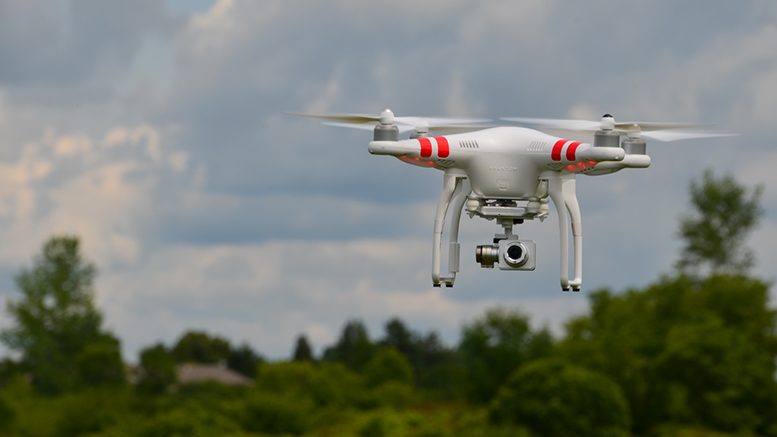A bill to reauthorize Federal Aviation Administration (FAA) programs includes a significant role for community colleges in aviation workforce training.
The bill (H.R. 302) directs the U.S. Transportation Department, in consultation with the U.S. Education and Labor departments, to establish a process for designating consortia of public two-year institutions of higher education as Community and Technical College Centers of Excellence in Small Unmanned Aircraft System Technology.
One of the legislation’s goals is to create programs and career pathways that lead to employment in the aviation sector. The centers will provide training for careers in industry and government related to the use of small unmanned aircraft systems (UAS), better known as drones.
There are several community colleges across the country that could be good candidates for forming consortia and being designated a center of excellence. Some of them currently offer a range of aviation programs including aeronautics maintenance technology, commercial unmanned aerial systems and flight instruction.
Design and intent
It will take a few months to determine the application process to designate centers. However, the legislation outlines topics for instruction, such as flight systems, radio controllers, maintenance, and multi-rotor and fixed-wing small UAS.
Students will learn about various industry and government applications, such as agriculture, law enforcement, pipeline monitoring, disaster response and fire services. They also will study privacy and safety issues, federal policies and how UAS sensors collect and analyze data. Hands-on flight training using both small UAS and computer simulators will enable students to hone their skills.
Colleges in the consortia will be encouraged to offer dual-credit programs designed to provide UAS training opportunities for secondary school students.
Separate from the centers of excellence, the legislation directs FAA to establish a task force to develop pathways for students to secure registered apprenticeships, workforce development programs or careers in the aviation industry. The bill also references the need to hire more veterans and recruit and train more women. Two priority areas for workforce promotion are aviation technical maintenance and aircraft pilots.
The legislation does not address funding.
On the president’s desk
The House approved the massive 1,200-page FAA reauthorization bill in late September, while the Senate overwhelmingly passed it this month. The bill now awaits the president’s signature.
Aside from its aviation workforce component, the bipartisan legislation is designed to modernize airport infrastructure, improve service for the flying public, enhance safety and security, and boost innovation in aviation.
More on drone tech training: Commercial drone boom opens door for mechanics





